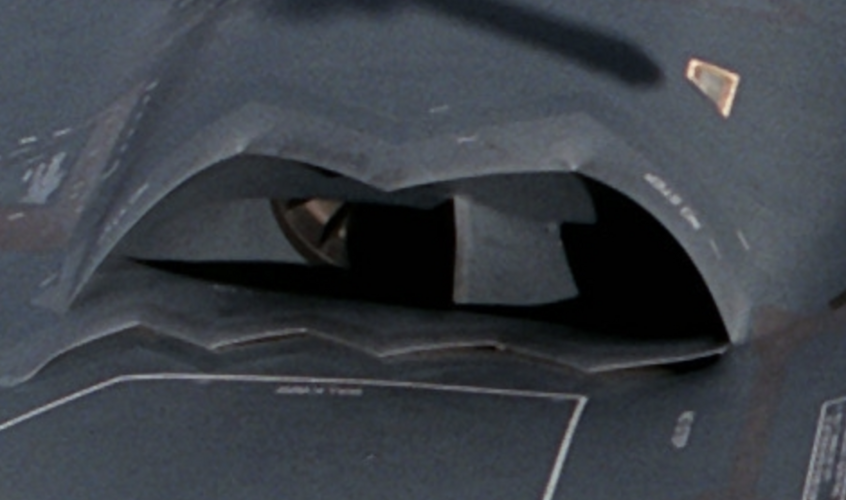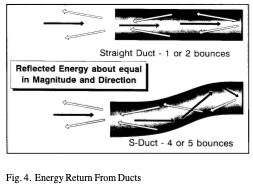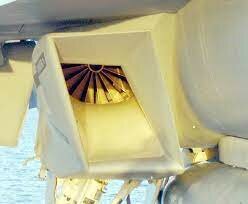Scott Kenny
ACCESS: Above Top Secret
- Joined
- 15 May 2023
- Messages
- 6,409
- Reaction score
- 5,310
Can't start the engines in hangar, gotta get towed out.Living in air conditioned hangars on nuclear alert is what they were designed to do. Living on nuclear alert is what the B-1 was designed to do. All the other crap they've been doing the last 20+ years is what has worn the fleets down. Not that a mere 20 bombers is a fleet.
That is not conducive to getting your plane off the ground in a hurry in case of "launch detected"








